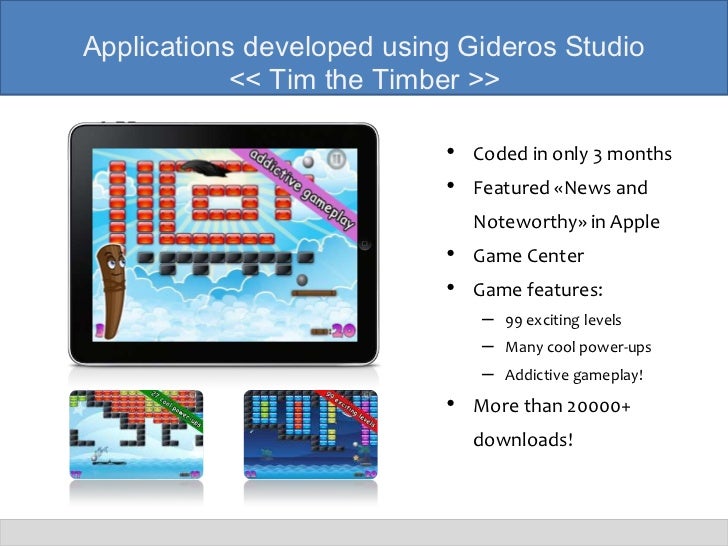
Local region = TextureRegion.new(texture, 0, 0, 30, 50) We simply change the TextureRegion and thereby the Bitmap is now rendered with a new section of the texture which to us is the new image. So when you load a new instance with the same texture, it is already in memory. These textures are used for rendering and are often cached in memory. OK, every image that we load, the png is basically called a texture as far as OpenGL is concerned. What we can now do is move this window to a new location on the spritesheet and also modify the dimensions of this window, so the Bitmap now changes to a new image (if on the same texture) Think of the TextureRegion as a window or a mask through which you can see the spritesheet, because the window is smaller than the spritesheet, it will display only a portion of the spritesheet. The new API that's added to Gideros 2012.8.2 is the ability to alter the bitmap's texture. Local sprite = Bitmap.new(TextureRegion.new(texture, 10,5, 30, 50))Īssuming that you have a sprite sheet from which you want to pick up the image starting at 10, 5 and of dimensions 30 (wd) x 50 (ht) and if you wanted to change this image, same issue and the same two options as above. Local texture = Texture.new("spritesheet1.png") so if we wanted to pick a sprite from a spritesheet, When you want to load a portion of an image, more so like a region, Gideros offers us the TextureRegion.new API function. Note: There is however functionality called MovieClips, this can act like a tween for sprites if you want to create a frame based movement animation, you can also create frame by frame animation by setting a new image/sprite for each frame and then setting it to repeat. This is true for any of the other Lua based frameworks too, that's how it works. While both these work, as a developer I would expect that I do not have to do all this juggling.

Image1 = Bitmap.new(Texture.new("image2.png")) We remove the object and create a new object in its place with the new image. Local image2 = Bitmap.new(Texture.new("image2.png"))Ģ. Local image1 = Bitmap.new(Texture.new("image1.png")) When we hide image1, we showimage2, that gives us the illusion of having changed the image.

We create two bitmaps and hide toggle the visibility of each while showing the images. How do we replace this image with a new bitmap?ġ. Local image = Bitmap.new(Texture.new("myimage.png")) The new release of Gideros 2012.8.2 has brought an innovative way to manage bitmaps and as a result of that, sprites and animations are going to be waaaaaaay faster.įirst, let us look at how to create an image with Gideros. The lack of animation and the performance both can be detrimental for the application's success. Please help, I am keen to get started with this program.Sprites and Animation are one of the most important aspects of a Game. Does anyone know what port this occurs on or is it a random allocation of a free port? This is a multi-language development PC so it is possible the port the studio and player communicate on could be taken and the studio is not telling me that. I have added firewall rules to allow all the Gideros exe's, (even turned off firewal and antivirus) and unistalled Gideros Studio and reinstalled. This is not the case all three icons are enabled and clickable as soon as I launch Gideros Studio.Īlso note, I followed the post to integrate Gideros Studio with ZeroBrane, which I appears to work up until the point when it launches the player, which has the same result that is, just sitting at the local ip info screen and going no further.

Also I notice everywhere that it says the play/stop buttons will be disabled until I click the 'Start Gideros Player' icon. It just shows up with the local ip info and does nothing. I just installed Gideros Studio v2012.09.1, opened a sample app (actually several example apps that come with Gideros Studio) and I cannot get the player to display the app.


 0 kommentar(er)
0 kommentar(er)
